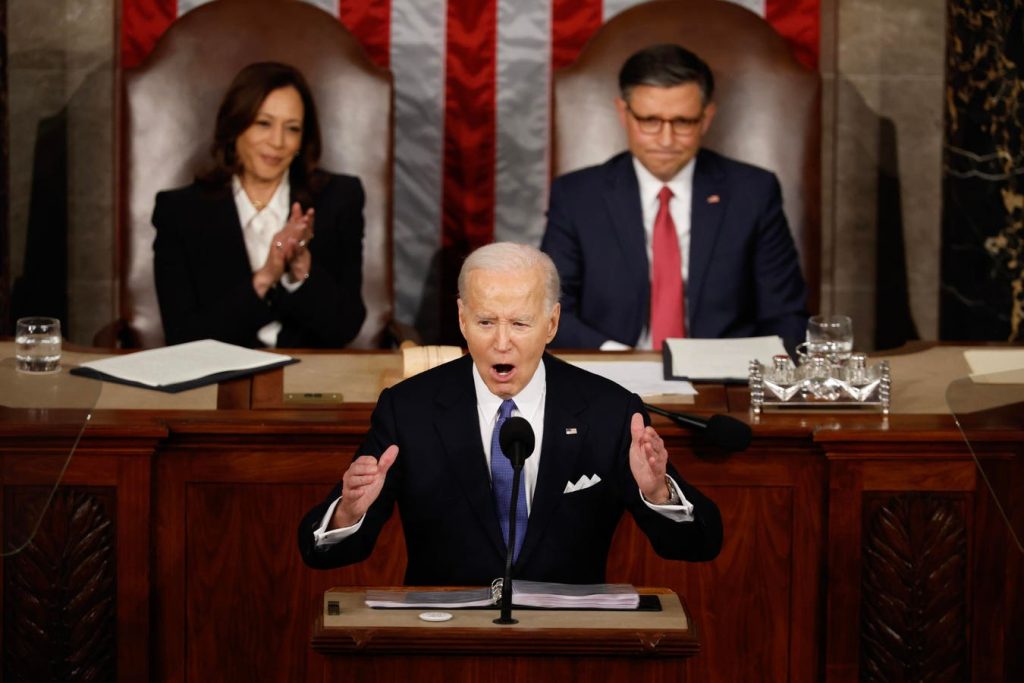President Biden’s State of the Union Address summarized his administration’s two-prong strategy to control prescription drug prices: capping out-of-pocket spending for patients and setting prices for expensive drugs. Imposed with state’s power, such direct measures will certainly limit patients’ out-of-pocket spending and reduce those drugs’ list prices. But will patients actually benefit?
Low Out-Of-Pocket Caps Discourage Manufacturers From Lowering Prices Or Offering Cheaper Options
In healthcare and other markets, sellers voluntarily cut prices or offer cheaper options for one reason alone: to make buyers happy and gain their business. When out-of-pocket spending is capped low, buyers are indifferent to prices and utilization, and sellers have no reason to cut prices or offer cheaper options.
For example, Congress banned out-of-pocket cost for COVID-19 PCR tests. Unsurprisingly, test prices are exorbitantly high (500% plus profit margin). Hospitals and laboratories reaped substantial profits from testing and over-testing, which created barriers for the uptake of the cheaper at-home tests. Ultimately, American workers footed the bill through higher premiums and lower take-home pay, alongside taxpayers.
Similarly, imagine what would happen to grocery prices and the variety of offerings if all Americans were to have a grocery insurance with an out-of-pocket spending cap. Cheaper options and product diversity would disappear, a few powerful suppliers would monopolize, wasteful consumption would prevail, and consumer welfare would suffer. Healthcare is no exception.
Instead of lowering out-of-pocket caps, granting us more control over our own healthcare dollars would allow us to personally and directly benefit from low prices, thereby creating powerful incentives for manufacturers to reduce prices and offer cheaper and effective alternatives.
Government Price Setting Discourages Manufacturers From Pursuing Breakthrough Therapies
Economies thrive on human innovations and productivity, both of which are motivated by financial incentives. Innovators and investors wouldn’t bet their effort and wealth to pursue breakthrough therapies unless they anticipate high payoffs. In contrast to market prices, which represent valuation of all consumers democratically, government prices, set by a small group of individuals and imposed through state’s power, lack the capacity to entice brainpower and capital flow to drive innovations as desired by all consumers.
Government price setting is also prone to regulatory capture. When drug manufacturers’ revenues depend on decisions controlled by a few individuals in government, the manufacturers will prioritize pleasing these individuals over serving consumers. Marriages between private enterprises and governments create fertile ground for secrecy, unaccountability, anticompetitive policies, and corruption, all at the expense of current and future patients and taxpayers.
Taken together, capping patient cost exposure at low levels (instead of allowing patients control of their own healthcare dollars) and distorting payoffs for manufacturers are short-term-oriented policies that harbor negative long-term consequences. Because they are politically palatable, they can potentially extend to every clinical dimension and every social determinant of health, causing broad and far-reaching ramifications.
Human beings innovate and exert efforts to pursue upward potential and mitigate downward risks. When the government trims both ends in the name of protecting us, we become farm animals and lose opportunities to enjoy the optimal innovation and productivity frontiers—a loss to both individuals and society.
Read the full article here





